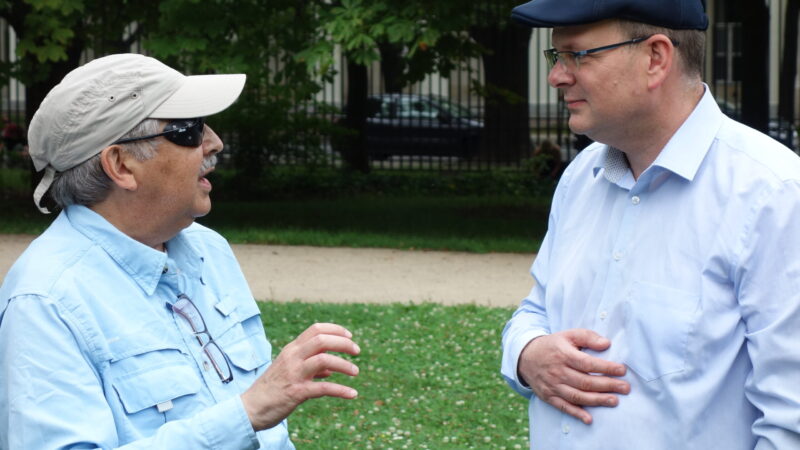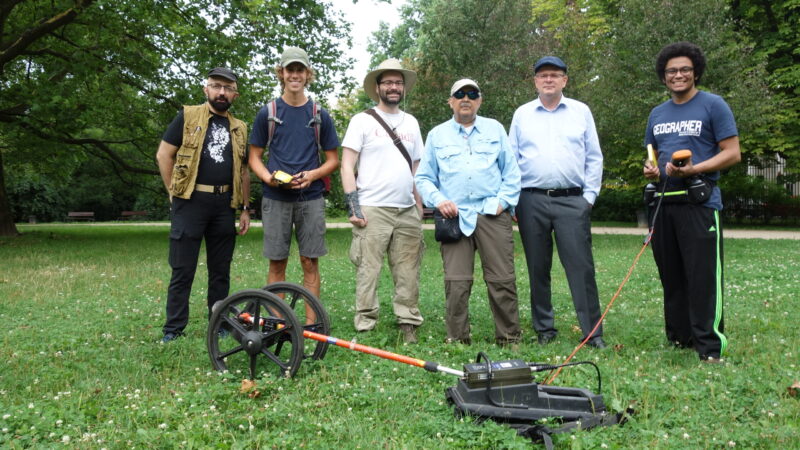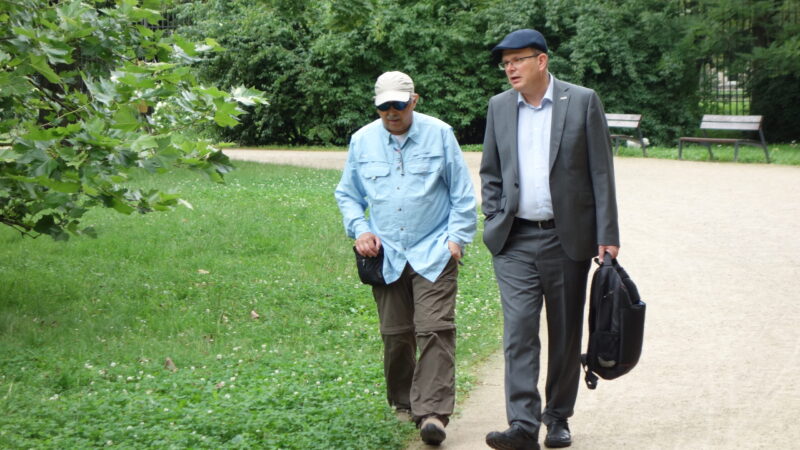Archaeological research in the area of the former Warsaw Ghetto under the direction of Prof. Richard Freund
At the invitation of the Warsaw Ghetto Museum, a team of geophysicists led by prof. Richard Freund – archaeologist, historian and professor of Jewish history at Christopher Newport University in Virginia. A group of scientists will conduct research at sites related to the history and functioning of the Warsaw Ghetto.
Prof. Freund, on behalf of the University of Hartford, has so far directed six archaeological projects in Israel and three in Europe, including Bethsaida, Kumran, Nazareth, Jawne, Har Karkom in the Negev Desert, and Burgos and Cadiz in Spain. During his twenty years at the University of Hartford, he led a total of 30 different expeditions – to Egypt, Jordan, Morocco, Great Britain, Argentina, Greece, Peru, Mexico, Israel, Poland, Lithuania, and Spain, where his team discovered six stone anchors that likely date to the Bronze Age.
Prof. Freund achieved the greatest fame leading an international group of archaeologists, scientists and historians in search of the lost Atlantis. The expedition was filmed on the National Geographic channel TV and broadcast under the title “Atlantis Rising”.
In April 2019, Prof. Freund published the book “The Archaeology of the Holocaust. Vilna, Rhodes and the Escape Tunnels.” He is also the author of six books on archaeology, two on Jewish ethics, over one hundred scholarly articles, and fifteen television documentaries.
Prof. Freund’s team uses a non-invasive method of archaeological research – ground penetrating radar and electrofusion tomography. The former signals that something is lurking beneath the surface. Tomography, on the other hand, identifies the type of material buried there.
Yesterday, July 28, GPR investigations began in Krasiński Garden, in the area of the former ghetto wall and in the northern part of the garden that was part of the ghetto during the war. At the same time, electropores tests are carried out along the current northern border of the garden. The director of the Museum, Albert Stankowski, visited the scientists during the research.
The Warsaw Ghetto Museum provides the scientists with the necessary support from the staff of the Science and Research Department and helps in obtaining permits necessary for conducting research. We managed to obtain extensive help from the MPWiK Warszawa, which allowed us to access the shafts near the Anielewicz Bunker at 18 Miła Street. The team plans to conduct similar research in the former “Krysia” Bunker at Grójecka Street, the Bersohn and Bauman Hospitals and the Royal Łazienki Park.
This is the second archaeological expedition conducted by Prof. Freund’s team in cooperation with the Warsaw Ghetto Museum – the first one took place in July 2019.




